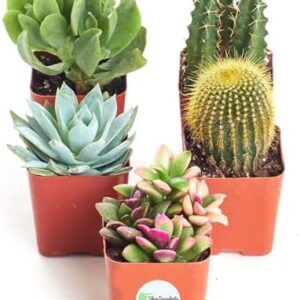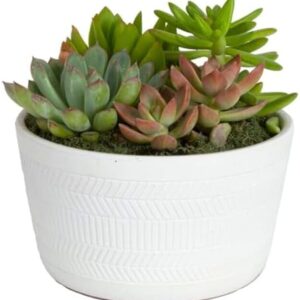Gardening is a wonderful and therapeutic hobby for many people. There’s something special about being able to grow your own fruits, vegetables, and flowers right in your backyard. However, not everyone has the luxury of a large plot of land to work with. Many gardeners are limited by space constraints, whether they live in an urban environment or simply don’t have a lot of room to spare.
But fear not, fellow gardeners! There is a solution that can help you maximize your gardening space and increase your yields: raised beds. Raised beds are a fantastic way to make the most out of a small area by creating a contained and organized garden space that is easy to manage and maintain.
So, what exactly are raised beds? Simply put, raised beds are essentially boxes or containers that are filled with soil and used for planting. They are typically elevated off the ground, which provides better drainage and prevents soil compaction. Raised beds can be made from a variety of materials, including wood, metal, plastic, or even concrete blocks.
One of the main benefits of raised beds is that they allow you to control the quality of the soil in your garden. By filling your raised beds with a high-quality soil mixture, you can ensure that your plants have the nutrients they need to thrive. Additionally, raised beds can help prevent soil erosion and keep pests and weeds at bay.
Another advantage of raised beds is that they are easier to work with than traditional garden beds. Because raised beds are elevated, you don’t have to bend over as far to tend to your plants, which can be a huge relief for your back and knees. This also means that raised beds are more accessible for individuals with physical limitations or disabilities.
Raised beds are also great for extending the growing season. The soil in raised beds tends to warm up faster in the spring, which means you can start planting earlier. Additionally, you can easily cover your raised beds with a protective hoop or row cover to keep out frost and prolong the growing season into the fall.
Now that you know the benefits of raised beds, how can you go about maximizing your gardening space with them? Here are a few tips to help you get started:
1. Plan out your space: Before you start building your raised beds, take some time to carefully plan out your garden layout. Consider how much space you have available, how much sunlight your garden gets, and what types of plants you want to grow. By planning ahead, you can make the most efficient use of your space and ensure that your plants have room to grow.
2. Build upward: One of the best things about raised beds is that they allow you to grow vertically as well as horizontally. Consider adding trellises, stakes, or other structures to support climbing plants like tomatoes, cucumbers, and beans. This will help you maximize your growing space and increase your yields.
3. Companion plant: One of the keys to successful gardening is companion planting, or planting certain crops together to benefit each other. By carefully choosing which plants to grow in your raised beds, you can maximize your space and create a thriving, biodiverse ecosystem in your garden.
4. Utilize square foot gardening: Square foot gardening is a method of planting that involves dividing your raised bed into square foot sections and planting different crops in each square. This allows you to maximize your space and grow a wide variety of plants in a small area. Square foot gardening is also great for beginners, as it helps you keep track of your plants and makes it easy to plan your garden layout.
5. Use vertical gardening techniques: In addition to using trellises and stakes, you can also take advantage of vertical gardening techniques like hanging baskets, wall-mounted planters, and tiered shelves. These creative solutions can help you make the most out of your vertical space and add visual interest to your garden.
In conclusion, raised beds are a fantastic way to maximize your gardening space and increase your yields. By carefully planning out your garden layout, building upward, companion planting, utilizing square foot gardening, and incorporating vertical gardening techniques, you can create a productive and beautiful garden in even the smallest of spaces. So roll up your sleeves, grab your gardening tools, and get started on creating your own raised bed garden today!






